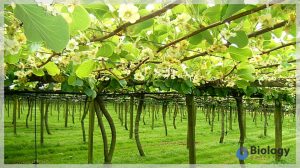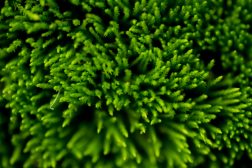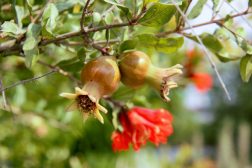Definition
noun
(analytical chemistry)
A logarithmic measure of the amount of light absorbed (at particular wavelength) as the light passes through a sample or substance.
(microbiology)
The measure of the amount of light absorbed by a suspension of bacterial cells or a solution of an organic molecule with the use of a colorimeter or spectrophotometer.
Supplement
Absorbance measurements are often carried out in analytical chemistry, since the absorbance of a sample is proportional to the thickness of the sample and the concentration of the absorbing species in the sample.
Absorbance may be applied in plotting the growth of bacteria in suspension cultures. It may also be used in gauging the purity and concentration of molecules (e.g. proteins) in solution.
Although absorbance does not have true units, it is quite often reported in “Absorbance Units” or AU.
Word origin: L absorbére, equiv. to ab- + sorbére to suck in, swallow + –ance.
Related forms: absorbency (noun).
Synonym: optical density.
Compare: absorption.
Dictionary > Absorbance
You will also like...

Biosecurity and Biocontrol
This lesson explores the impact of biosecurity threats, and why they need to be identified and managed. Examples to incl..

Bryophytes
Bryophytes (nonvascular plants) are a plant group characterized by lacking vascular tissues. They include the mosses, th..

Cell Structure
A typical eukaryotic cell is comprised of cytoplasm with different organelles, such as nucleus, endoplasmic reticulum, G..

Amphibians & Early Reptiles
Obtaining air outside an aquatic environment required species to acquire suitable adaptations, and this was the case of ..

Control of Body Movement
Some of the body movements can be controlled at will, others cannot. The body has a motor program, which is the pattern ..

Fruits, Flowers, and Seeds
This tutorial deals with the structure and function of flowers, fruits, and seeds. Also included here are the types of f..

